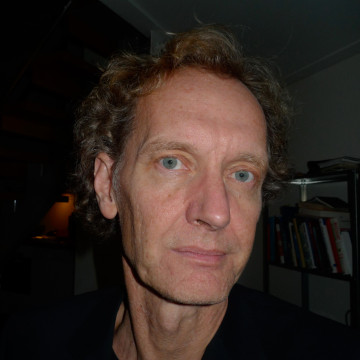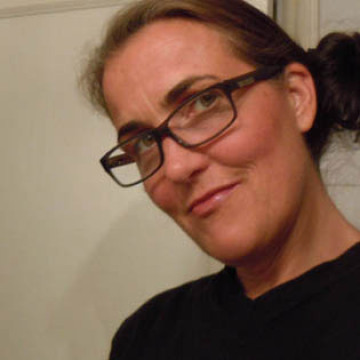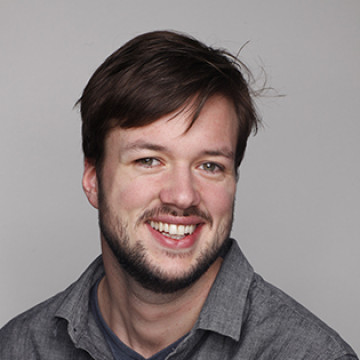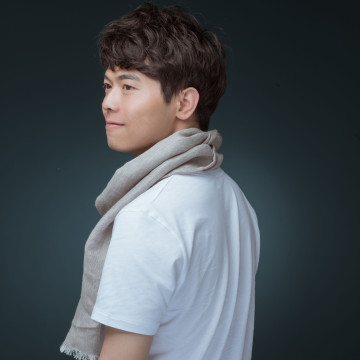Associate professor
Birgitta Cappelen is Associate Professor in Interaction Design at the Institute of Design at AHO. She has a broad education and experience in the field. Among other things, she is a Master in Industrial Design from AHO, and was one of the first to work with Interaction Design at AHO. In addition, she has a BA degree from the University of Oslo with a curriculum consisting of History of Ideas, Philosophy, Computer Science, Media and Communication Studies, with MA courses in Media Aesthetics, Semiotics and Interactive Media. She also has a BA-level in Business Administration from the Norwegian Business School (BI).
Birgitta has worked continuously with Interaction Design (user interface design) since 1985, on a number of technological platforms, in a variety of technologies and application areas. She worked for many years with the development of large strategic, financial and trading systems in manufacturing, banking, retail, publishing, power and stock trading on a variety of platforms (DOS, UNIX, Windows, Web, mobile, etc.). From the early 1990s, she has worked with multimedia (audio and video as media elements in the user interface), for instance museums and adventure centres.
Birgitta has started three companies within design, technology and business development (New View 1993, Interaction Design 1997 and Creuna 2001).
Since 1998 Birgitta has worked in the field of “Tangible Interaction” (physical and tactile media) primarily in a research context. She has been employed as a research fellow at School of Arts and Communication (K3) at Malmö University, and researcher at the Interactive Institute’s Narrativity and Communication Studio in Malmö and at Design Sciences at Lund University (IKDC).
An important theme of Birgitta’s work within tactile media is to explore the potential of hybridizations. Hybridizations between Design and Art, between art installations, toys and furniture, audiences, users, and creators, products and services, hardware and software, use and abuse, etc. She calls what she creates ”fields”, not ”things”, ”objects”, ”products” or ”Art”. Fields filled with potentiality.
The key to most of Birgitta’s work in tangible media is cross-media co-creation. Since 2000 she has worked with two composers in the group MusicalFieldsForever. The group has exhibited its interactive, tactile sound installations in a number of places, e.g. at the Institute of Contemporary Art (ICA) in London, the Museum of Contemporary Art in Roskilde, Rooseum in Malmö, Museum of Modern Art and the House of Culture in Stockholm, the Norwegian Centre for Design and Architecture (DogA) in Oslo, in Copenhagen, Berlin and Japan. Read more about MusicalFieldsForver.
At AHO Birgitta has taught Service Design, Interaction Design, Tangible Interaction Design, Musical Interaction, Sensorial Interaction, Universal Design and E-textiles.
Until 2017 Birgitta mainly worked in the research project RHYME (rhyme.no) , which was a continuation of the work she has done in tangible media. The RHYME project goal was to improve health and quality of life through the use of tangible, musical, social and collaborative media. Improved health for families with children with multifunctional and severe disabilities. RHYME was a joint project between AHO, the Norwegian Academy of Music /Music Therapy/ Centre for Music and Health, and the University of Oslo / Department of Informatics. The research project was funded by the Norwegian Research Council through the VERDIKT programme. Birgitta and her colleagues currently work on developing this technology and the health promoting approach on technology further, in new collaborations (Occupational Therapy, Physiotherapy, Nursing, Public health) and towards new user groups (e.g. elderly, persons with dementia).
Read more about »






